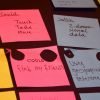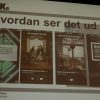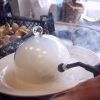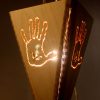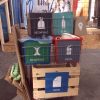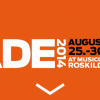Ok – that was a rather morbid headline. And you might wonder what these two thoughtful guys on the red carpet have got to do with it?
Well, it is all about hacking.
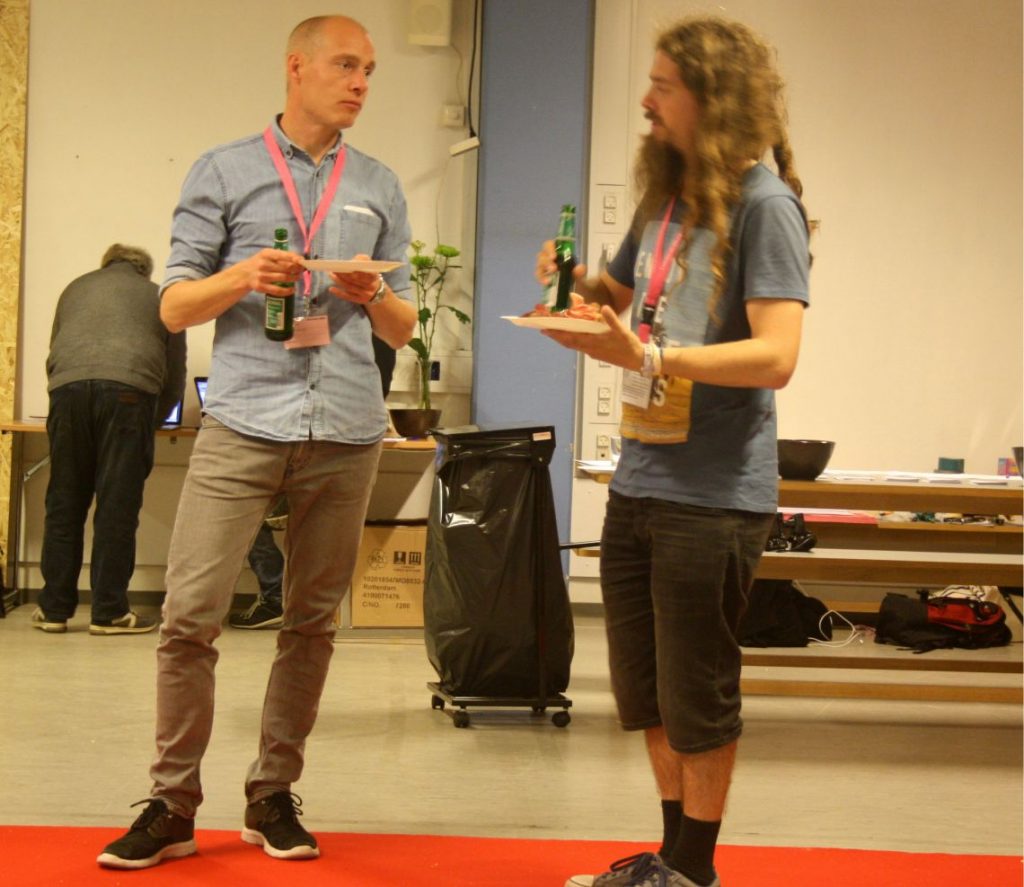
If you are a frequent reader of this blog, you will know that I am a great fan of hackathons and makerspaces – have a look at my DIY-section. This post is about one of my favourite hackathons #hack4dk, which I attended again last weekend 🙂 It has become a great tradition to play with Danish cultural heritage for 50 hours as Autumn brings us to be inside again. If you are not yet a hackathonic, you can easily join my journey here, and you might feel like attending your own hackathon soon.
The main purpose of a hackathon is to start up ideas – pretty much from nothing but raw data and a lot of creative brains. The latter will never work without people interacting with each other. That is why a hackathon is also a social event in which you talk to people who might be very different from you.
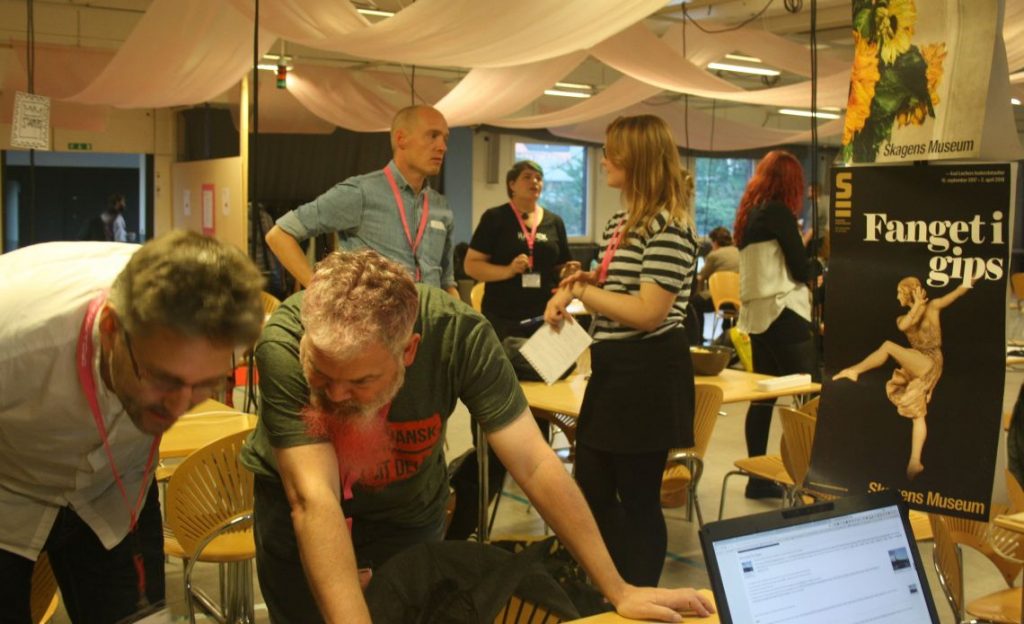
This year hack4dk was hosted by Enigma, the old post office at Østerbro in Copenhagen. These days it is a post office, café and small (soon to be larger) museum. Hacking happened on the 1st floor in the room which used to house the sorting of post, but now was bare and open to creativity. Our hosts had done a good job in creating a cosy room for Friday afternoon networking with red carpet, coffee and indie on the stereo.
Before the presentation of datasets one of the organizers, Jacob Wang, was kind enough to give us the brief history of hack4dk in headlines. If you don’t know much about hack4dk, here is what you need to know:
- It started in 2012 as a European project hack4eu. Here datasets from European cultural institutions – or as they like to call themselves GLAM – provided datasets for free to anyone who would like to do anything with it for a weekend. GLAM is Galleries, Libraries, Archives and Museums (I know. I can’t get enough of that abbreviation either!).
- But it was difficult to get people from all over Europe to take an interest in the same datasets. After all, we live in different cultures. That was why a group of creative people agreed to make a Danish event, and hack4dk was born with 45 participants.
- Since 2012 hack4dk has grown to 130 participants last year. The hackathons had worked with 35 datasets, which has resulted in more than 100 projects, 5 of them being awarded as winner of the hackathon.
- The participants say they attend to “have fun, build stuff and network”
We also had a guest performances from some of the previous participants, among others the winners of hack4dk 2014.
Let’s see if the datasets of 2o17 can do just as much good. This year’s challenge was to create something which is fun, creative and useful at the same time. Much like this blog.
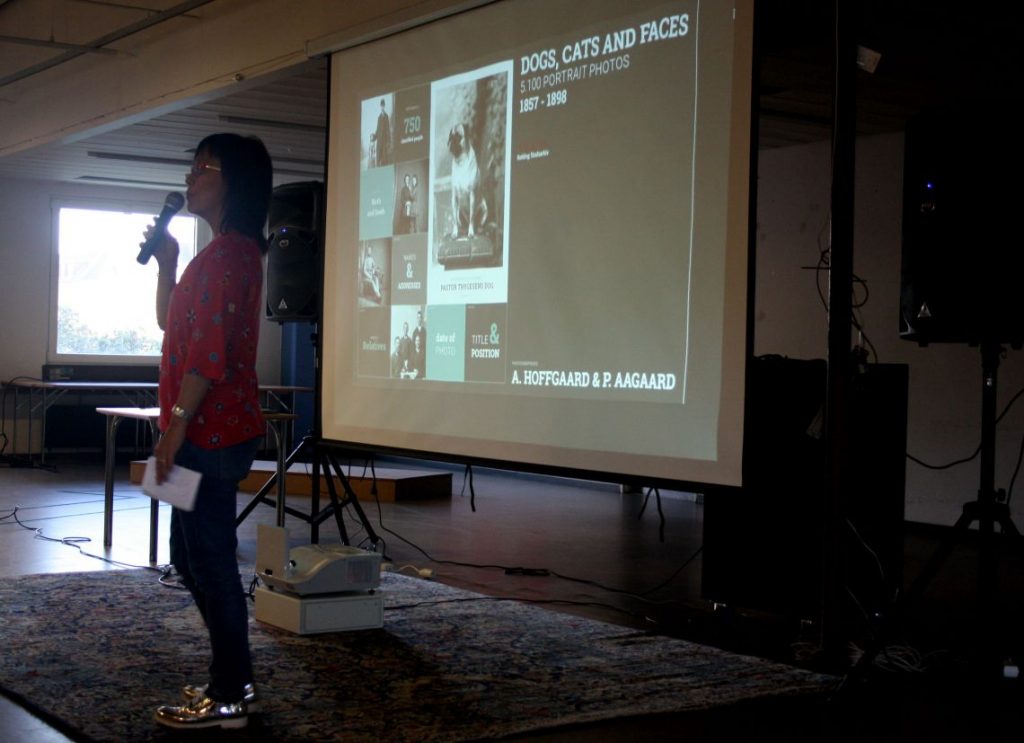
One thing was clear – we will never run short of data. It seemed to be everywhere, in all forms. Here Kolding City Archive presented old portrait photos of dogs, cats and faces. Just think, this was before Instagram …
Honestly, with about 15 datasets to choose from I was a little confused on what to do. Luckily, our data-providers were all nice and eager to answer any questions we had on the sets. Which meant rather crowded areas along the wall as more and more ideas popped up.
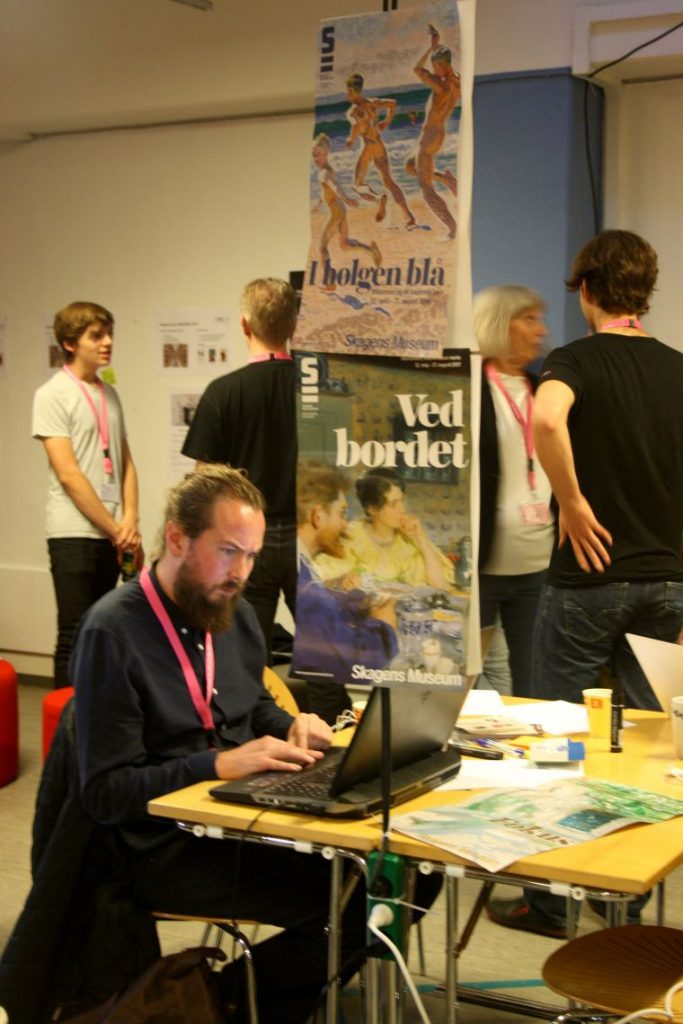
At this point I really needed a break. And I was hungry too. So this was the perfect time to get to know hackathon tapas – or “hackpas” as you might call it. The great part about this small dinner was that I could take it with me and talk to more people at the same time, like the guys at the top of the post. This resulted in a meeting with a lady who loved big data. In fact, in her job she was doing data research on Holocaust, and was now at her very first hack4dk.
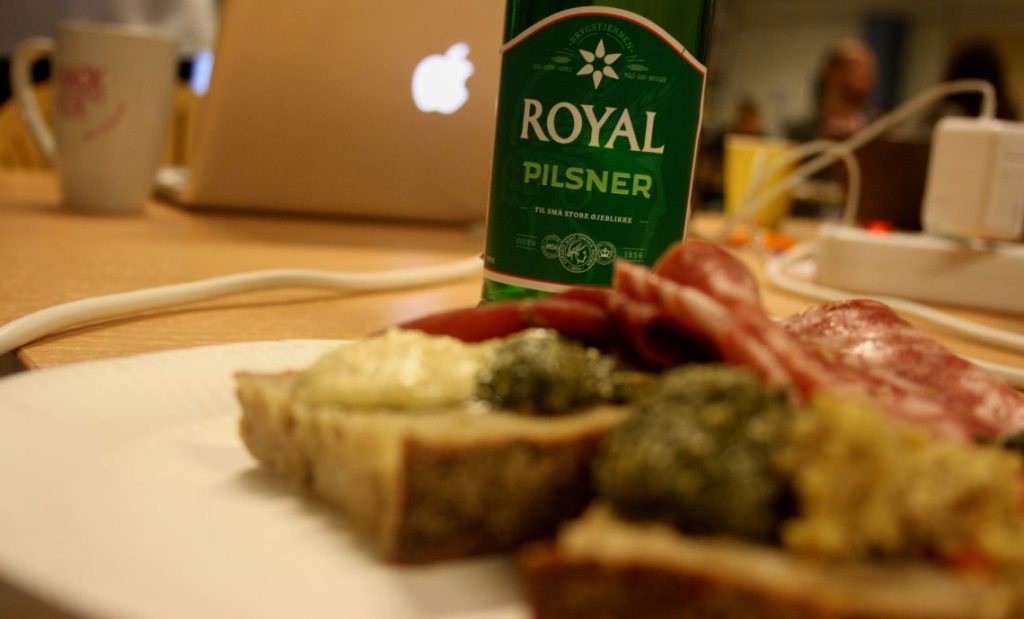
After dinner it was time to pick a project. I kept returning to the dataset of the Copenhagen Burial Protocols 1861-1912, and I was not the only one. It just seemed so exciting to know exactly who these dead people were, where they lived, how old they were when they died and if they were married. There you go – my morbid headline explained.
When returning from this even more scary toilet hall in the basement …
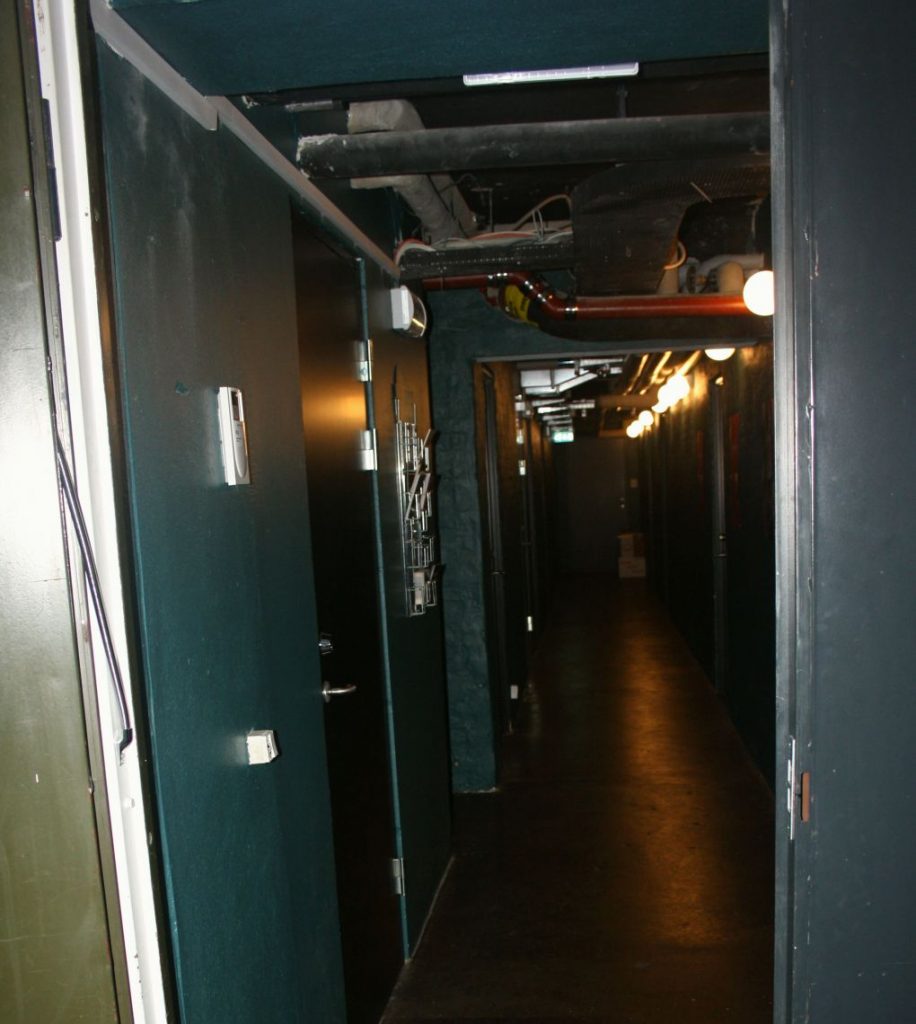
… I met some nice people who wanted to use the burial data to create a digital card game. They had already named it “GO! Kill ’em all”. It sounded so weird and fun at the same time, I was in!
Here you see half of my group at the open mic-idea pitching and our rough sketch for the game.
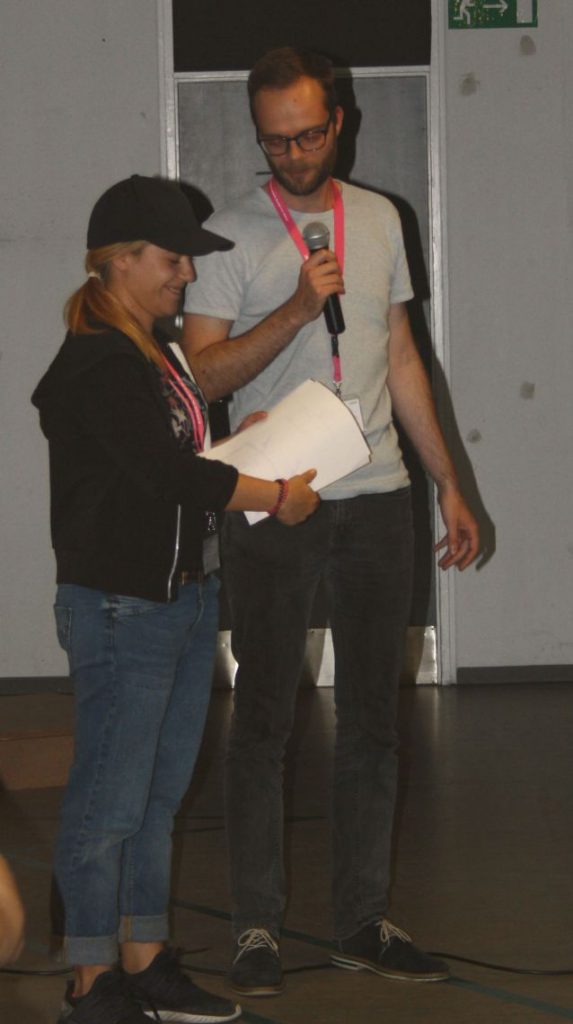
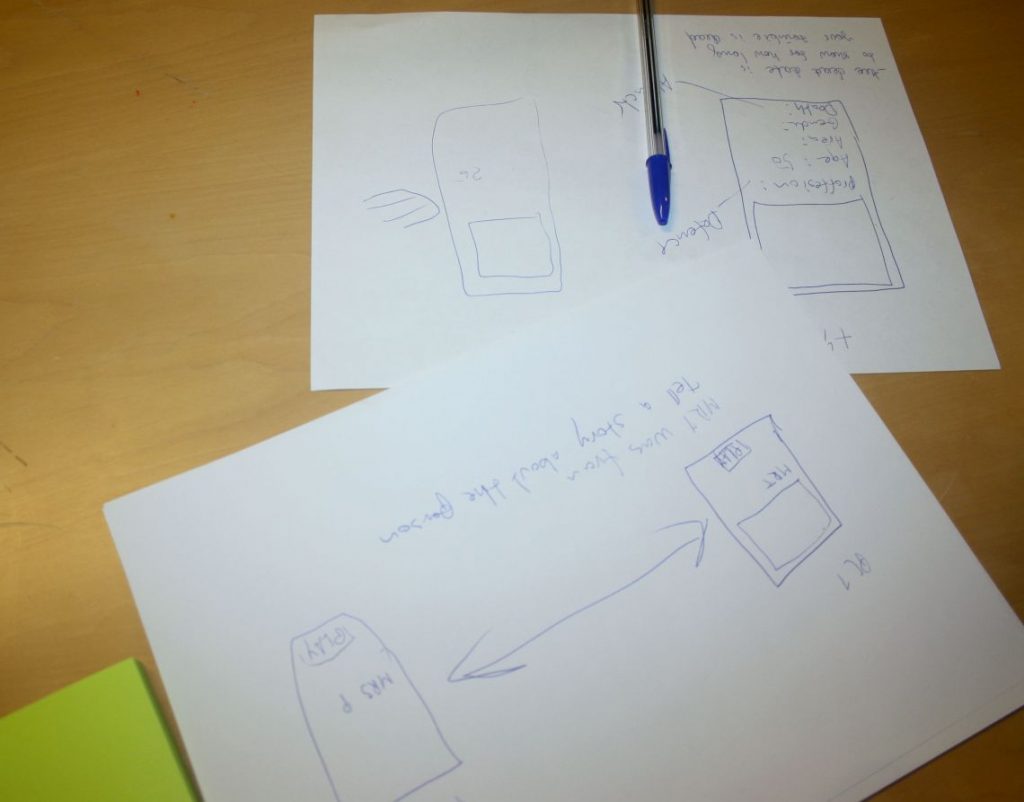
One thing is to have an idea, though. Another thing is to actually get the data down, so you can get started.
And so we did, it only meant 87.000 + files to sort out …
This was also when we decided to call it a night of day one.
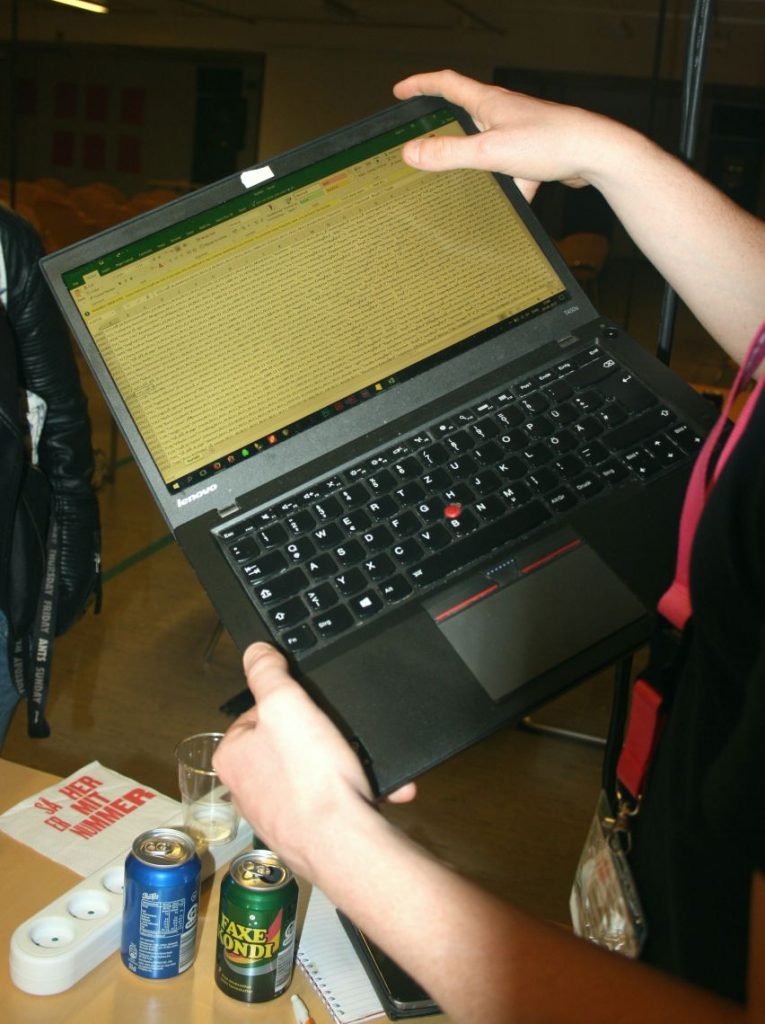
Saturday morning at the hackathon is always a good time. You have slept on your ideas, you are full of fresh energy and you can just go and grab your breakfast (all meals are free at hackathons).
This morning I took my chance to have a look at the Facewall that our organizers have put up. A great overview of all the participants and their skills. Note that there was room for everyone, if you did not have a profession, which could fit into the regular categories, you could be a “Jack of all trades”.
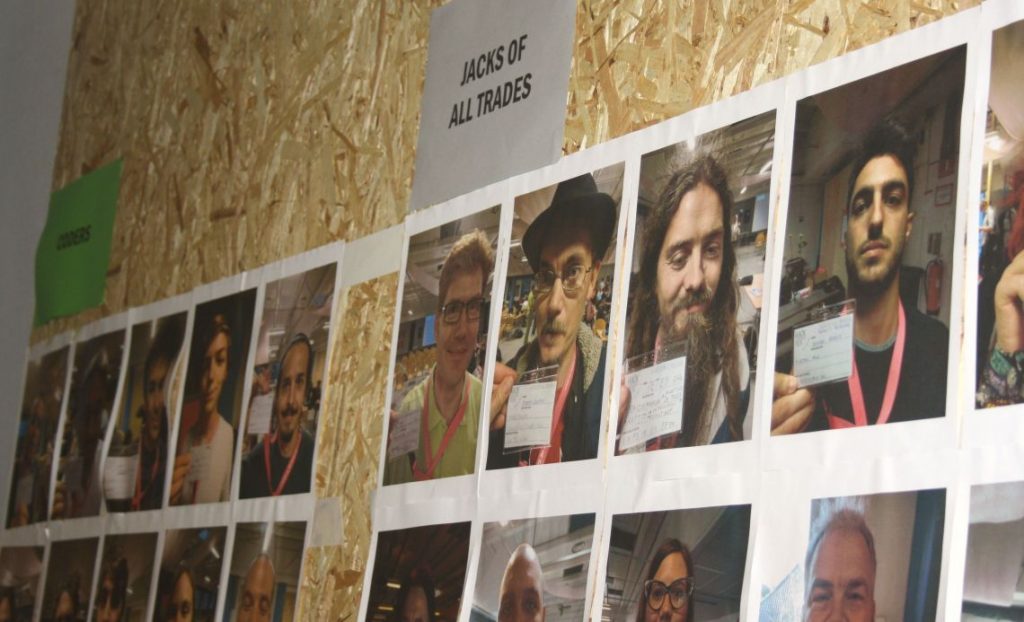
There is not that much else to tell you about the morning and afternoon of this second day. It was all hack, hack, hack … meaning very much time spent in front of the computer.
I had the task of making the persons on our playing cards come alive … that meant writing a short fictional on how they died. Other tasks were coding of the game and development of the front end-look. It is always at this time of a hackathon I am very grateful to work with people who have different skills, it is just so great and inspiring to see what we can do as a group.
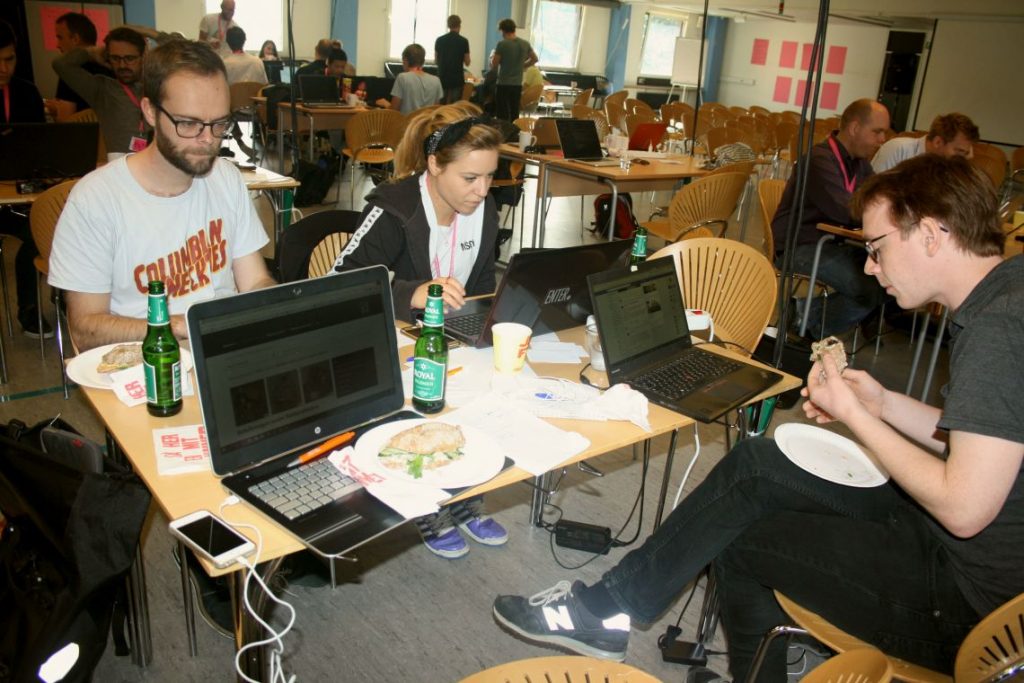
We were rather busy. This is how lunch looked like … a sandwich at the top my laptop. Classical journalistic way of working, I guess.
Dinner was more welcome. We had a lovely break from our work and a chance to sit down and talk to someone outside the group. The food was definitely delicious and much needed after a day with too much beer, candy, crisps and coffee. I give thumbs up to the Enigma-kitchen!
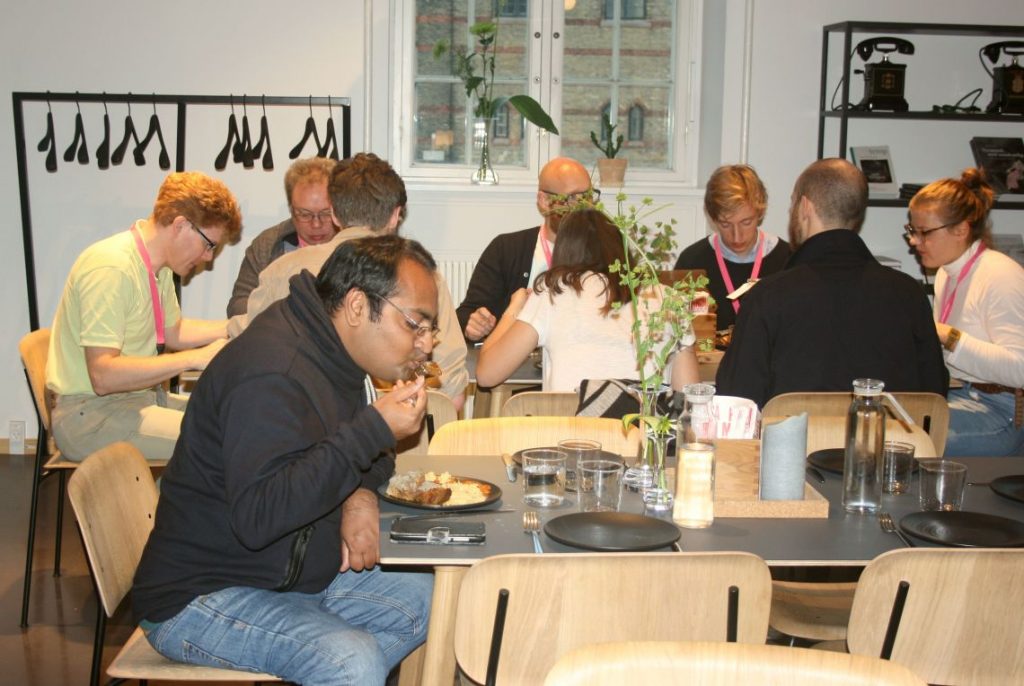
Upstairs again a nice surprise was waiting for us; CEO Bend-O-Rama played a concert. Don’t worry if you have never heard of this band, I’m not rsure they can classify as a band … in their own words they are more “hackers of music”, doing circuit bending.
They started 10 years ago making alternative sounds from toys. Simply because they thought it was too boring that it could only produce one sound. They pitched sounds and corrupted the logic of any light in the machines until they had that many electronic devices that they could make a concert of sounds. That’s what we had this evening; lots of bipping-blipping sounds, like a low budget Kraftwerk on acid-hack. Added a great deal of humour when they had to “hack a heel” to make it all fit into a fine piece of electronic music.
Although I must admit I heard the last part of the concert from the back of the room, bending over my laptop. Like most of the audience. Too busy to party.
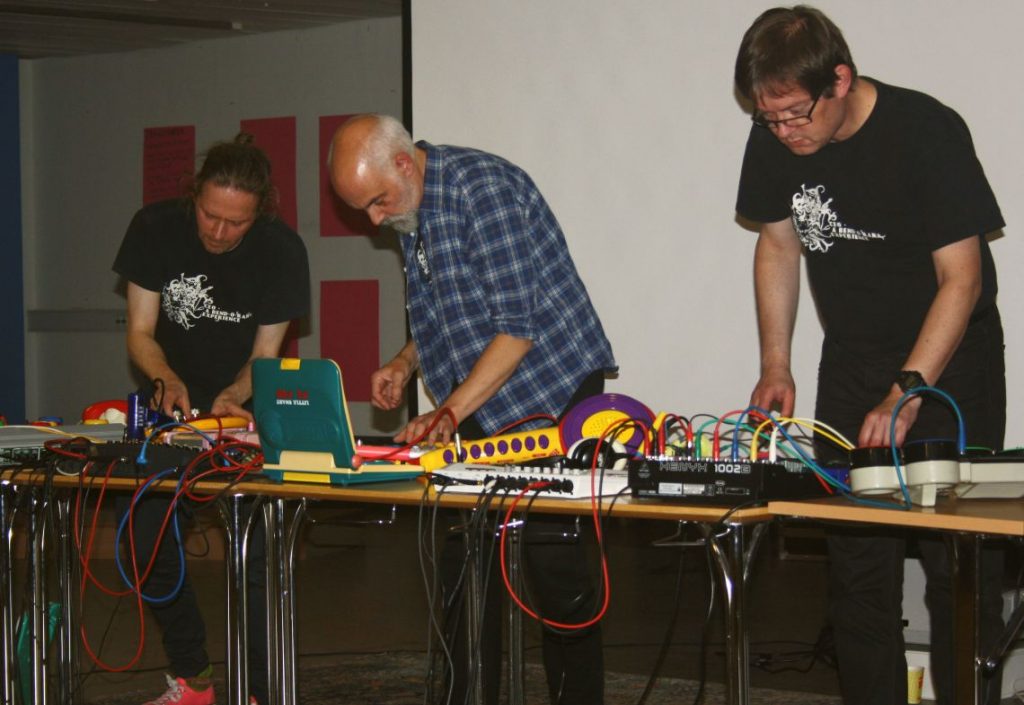
Along came the final day; Sunday and time for presentation. As always, we needed more time up to deadline. Here is my group-buddy drawing our poster for the presentation.
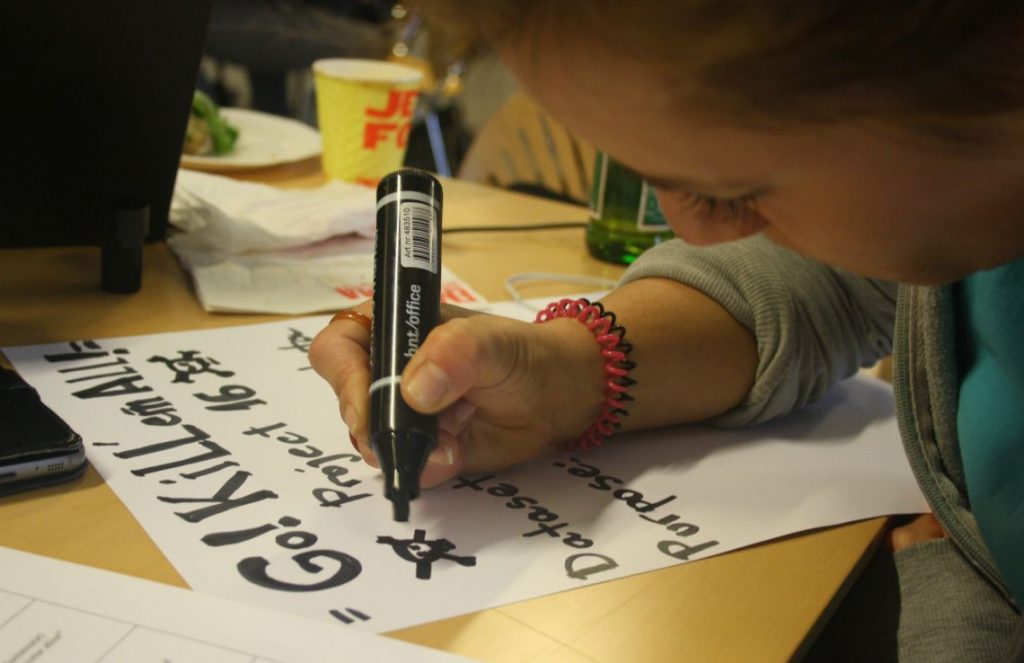
Again – another final adjustment for the digital cards.
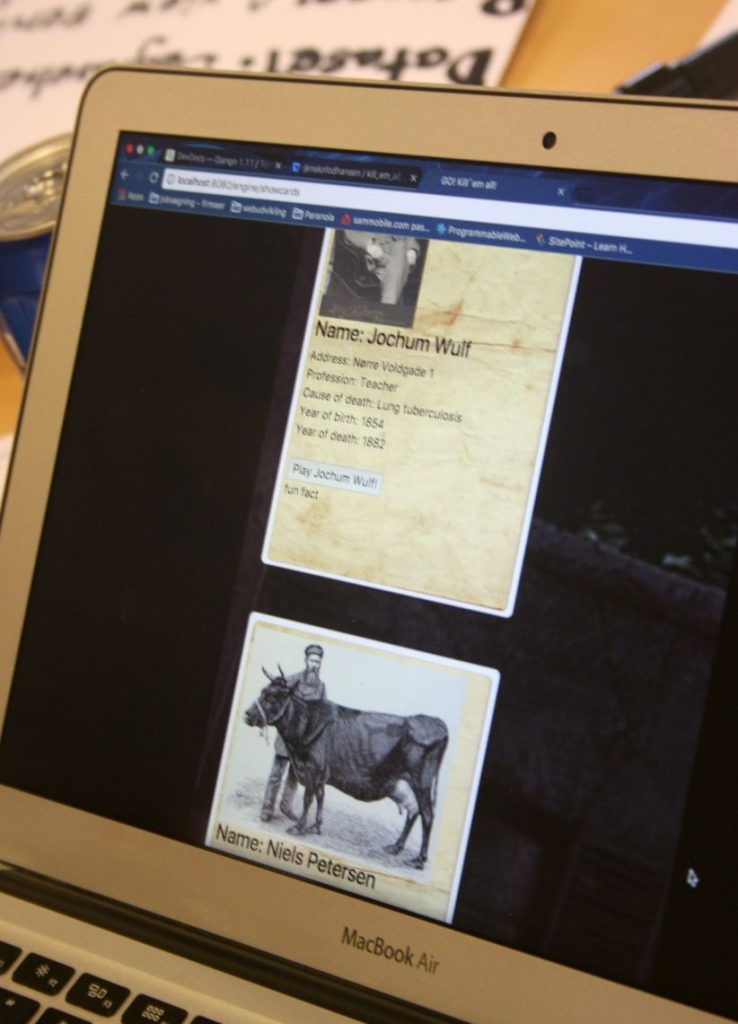
Finally time was up for the presentation and finding the winner of hack4dk 2017 🙂
Going through 20 projects is quite a deal on a Sunday afternoon. But I was actually excited to find out what the other groups have come up with; making selfies out of stamp graphics, mapping Copenhagen after surnames, putting your selfie on a historical painting or even an app to tell you all the morbid murder stories as you walk the streets of Copenhagen.
How difficult it was to vote for all these skilfully done projects.
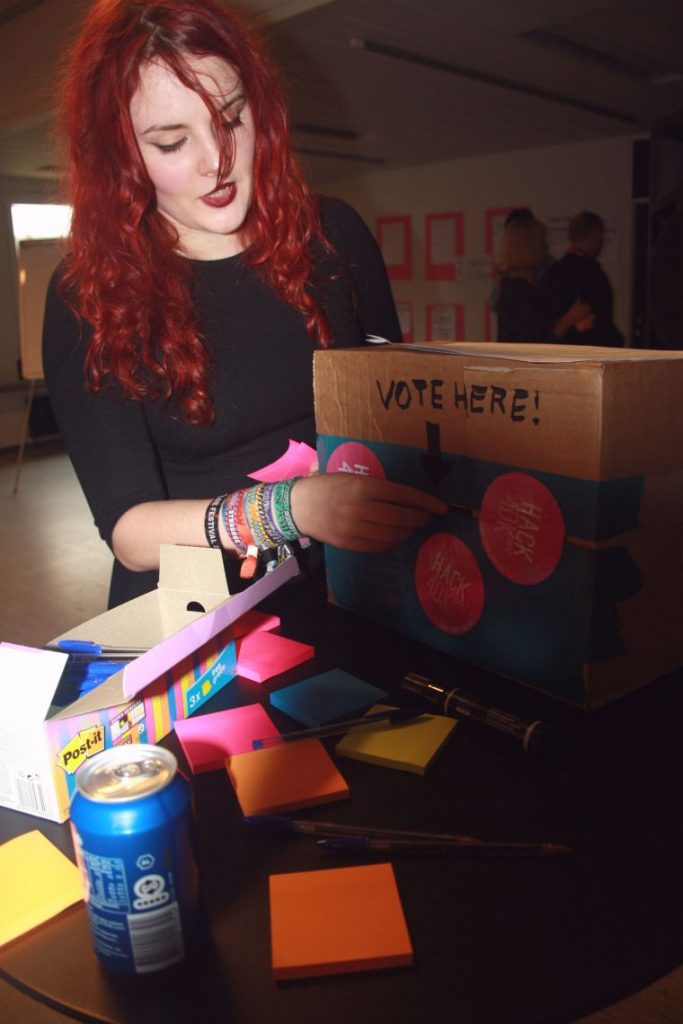
However, votes counted the winner was sovereign. It does not look much with these cardboard pieces. But they work like a simple QR-code, which makes old tin toys come alive on screen. Even with different backgrounds to make the toys travel all over the world, complete with a tool to make your own GIF.
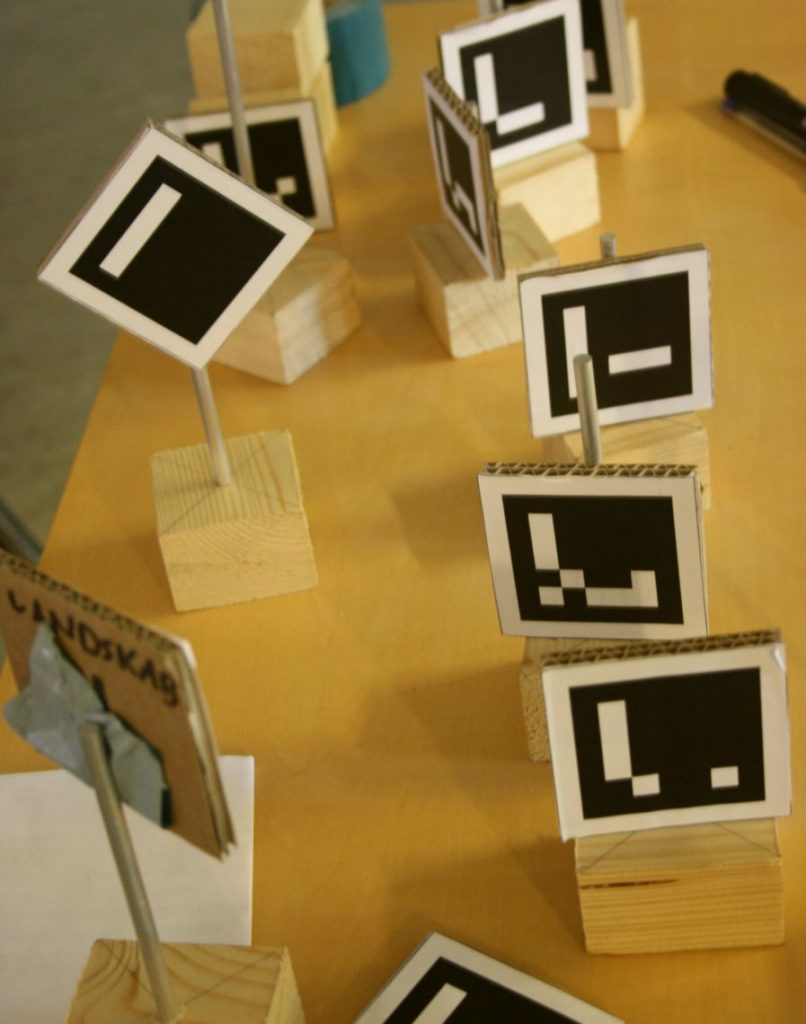
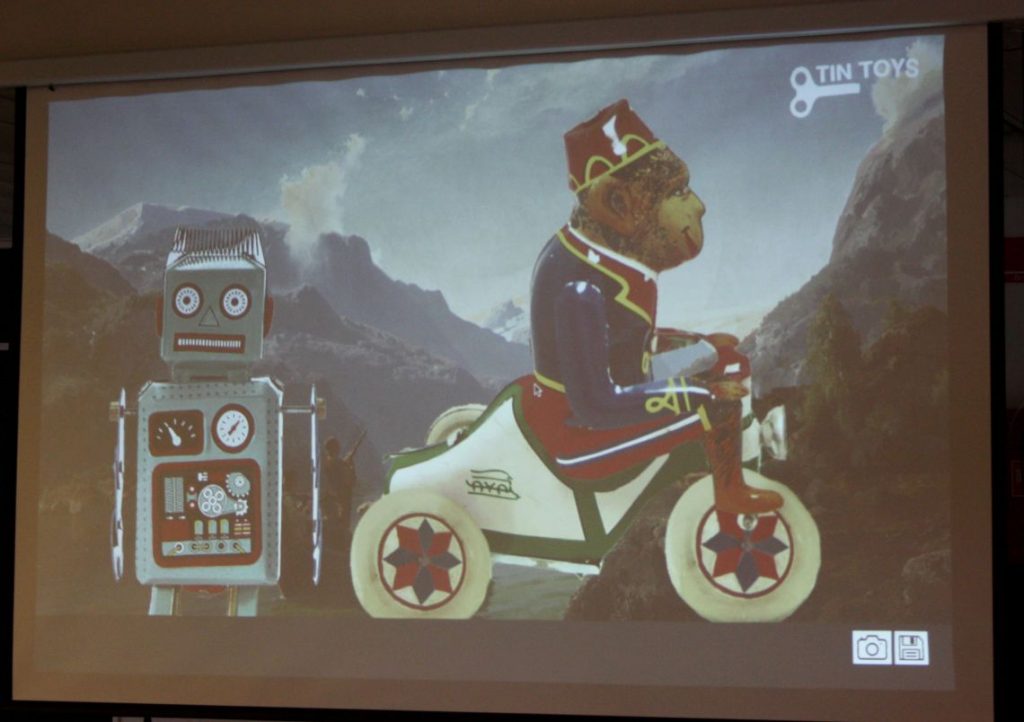
Winners were happy and honoured with arms full of electronic goodies.
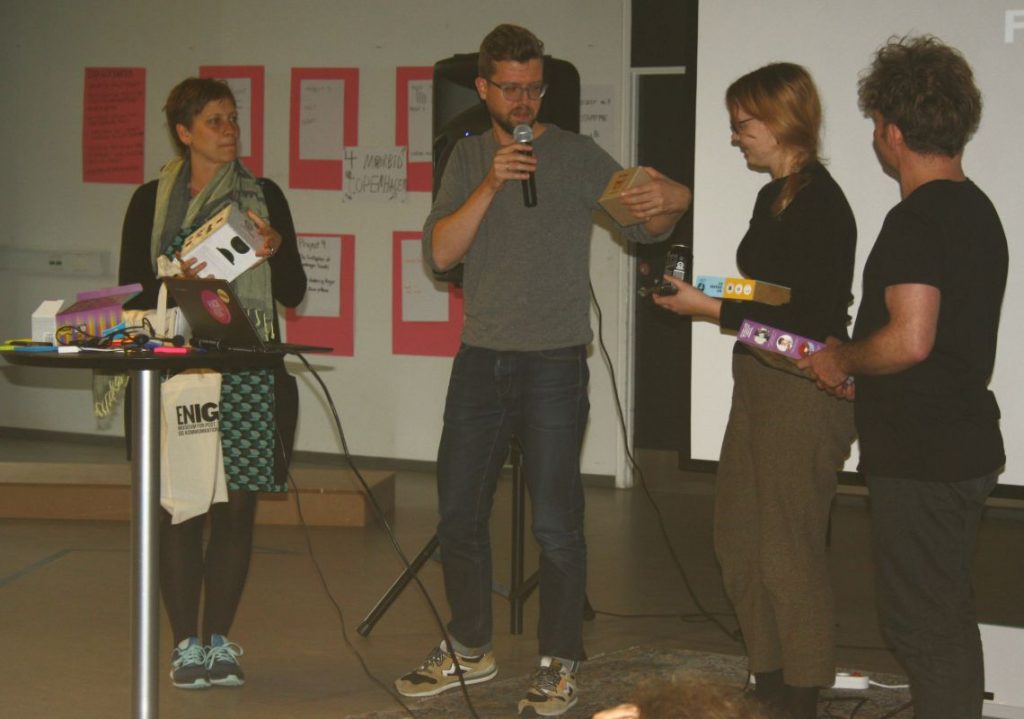
Do you feel like hacking too? Normally you would have to wait another year for cultural hack – but not anymore!
Before my tired, but very happy, hackathon-team leave you, I got exciting news to share.
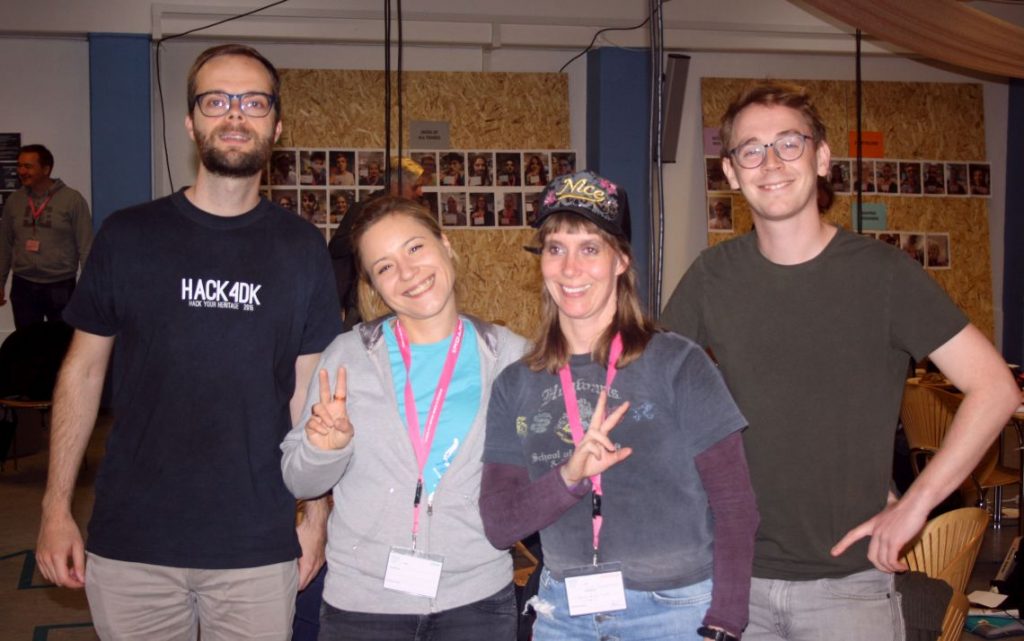
A new History & Art Makerspace has opened. It is called STORM 20 and its purpose is much the same as findfun4free; learning through creating – for free. It works through crowdsourcing, which makes it possible to work with free machines and recycled materials (they also have workshops, but they do cost a little to attend).
They describe what they are doing like this: A DIY-ish way of working to explore with their users.
Everything in the makerspace is about sustainability, for free. And it is open at the corner of Stormgade and H.C.Andersens Boulevard in Copenhagen.
Read more about STORM 20 – and don’t forget to pay them a visit to learn about history and art.
Read more about hack4dk and learn about previous projects.
